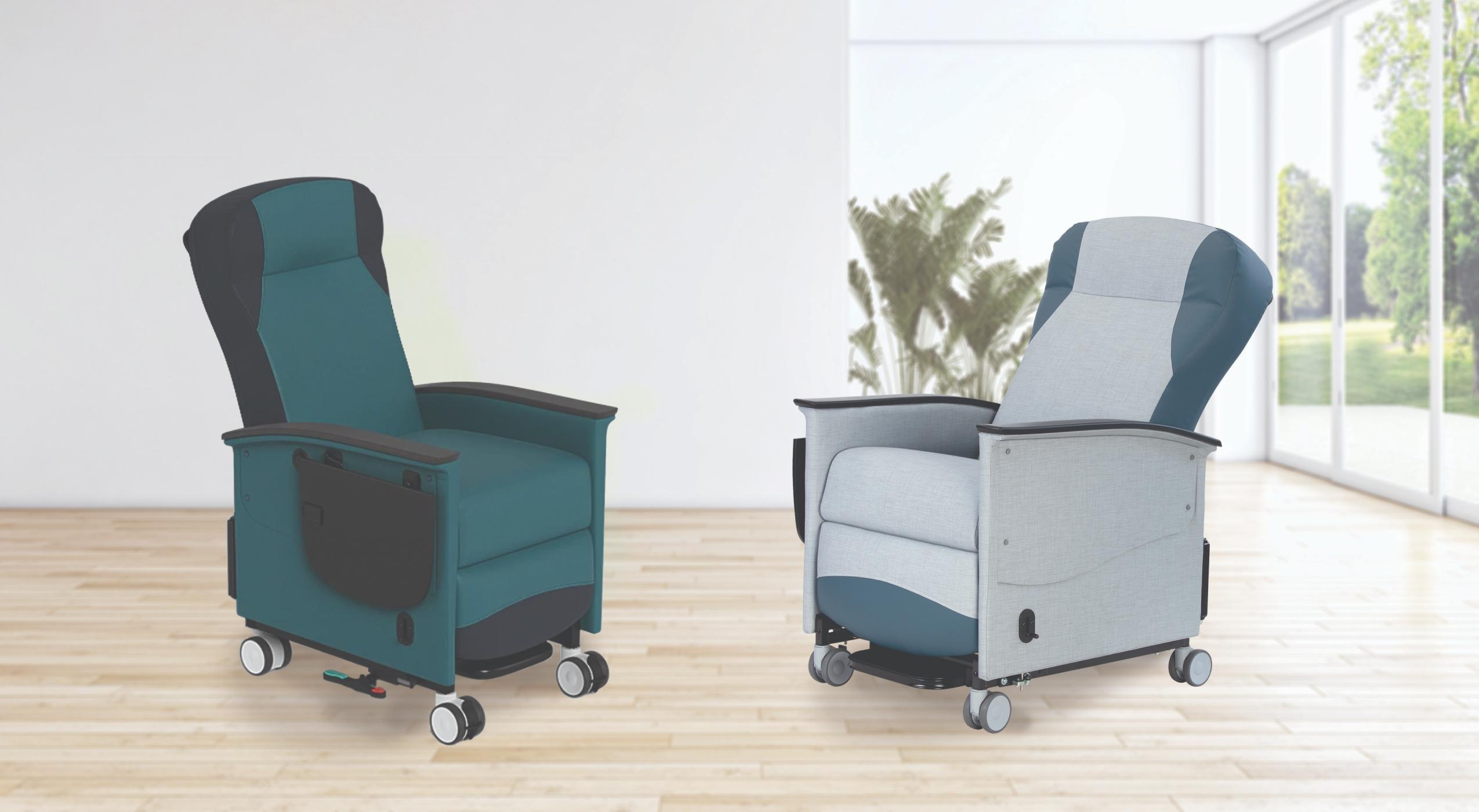
Patients undergoing oncology treatments often face physically and emotionally taxing experiences. This blog reveals what providers and facilities can do to make a positive difference in patient care and to help improve patient health outcomes.
Cancer treatment is one of the most complex and emotionally challenging journeys a patient can undergo. Unlike general medical care, oncology care demands a highly specialized, individualized approach that addresses not only the disease itself but also the physical, emotional, and logistical toll it takes on a person. General patient care—while essential in many settings—cannot fully support the multifaceted needs of cancer patients whose treatments are aggressive, long-term, and often deeply personal.
Oncology care begins with a precise diagnosis and progresses into a treatment plan that may include surgery, chemotherapy, radiation, immunotherapy, or a combination of these. Each patient’s regimen is carefully tailored to their specific cancer type, genetic markers, stage of disease, and personal health history. This customization is critical. A standardized approach risks under-treating or over-treating a patient, either of which can have serious consequences. Even the timing, dosage, and method of delivering chemotherapy or immunotherapy are determined with extraordinary precision to balance effectiveness with the patient’s ability to tolerate side effects. Oncology protocols also require vigilant monitoring and swift adjustments, which differ significantly from the less intensive follow-ups common in general care.
Read More: “Oncology Patients Face Challenges Other Patients Don’t”
Beyond clinical treatment, surgical interventions for cancer patients are often more complex than those for non-oncology patients. Tumor removal may require working in difficult-to-access areas of the body or preserving organ function while achieving clean margins. These surgeries can be life-altering, involving reconstruction or significant rehabilitation. The stakes are high, and so are the physical and emotional recovery demands. Unlike general surgery, oncology-related procedures must be coordinated with the patient’s overall cancer treatment plan to minimize delays or complications from concurrent therapies.
Sign up to get the latest industry news and offers right in your inbox

But specialized oncology care extends even further—into the environments where patients receive care. One often overlooked—but profoundly impactful—aspect is medical seating. Cancer patients can spend hours at a time in treatment rooms receiving infusions or recovering from surgery. Their bodies may be fatigued, in pain, or vulnerable to sores and circulation issues. Seating designed specifically for oncology patients can make a significant difference. Features like pressure-relieving cushions, fully adjustable recline settings, smooth armrests for IV access, and antimicrobial surfaces aren’t just luxuries—they’re necessities that support safety, comfort, and overall treatment tolerance.
Read More: “Easing Anxiety and Stress in Oncology Patients:
The Role of Comfortable Treatment Chairs”
Moreover, thoughtful seating contributes to a healing environment. Oncology patients often battle anxiety, fatigue, and depression as side effects of both their illness and their treatment. Comfortable, supportive seating—especially when placed in spaces with natural light and access to calming surroundings—can ease psychological distress and improve the overall care experience. Unlike general-purpose waiting room chairs or standard hospital recliners, oncology-specific seating helps patients retain dignity, rest more easily, and feel acknowledged as individuals with unique needs.
Ultimately, oncology patients require a level of attention and care that goes far beyond standard clinical practice. From cutting-edge medications and surgical expertise to the very chair they sit in during treatment, every aspect of oncology care must be intentionally designed with the patient’s comfort, safety, and outcomes in mind. When care teams, designers, and administrators recognize this and act accordingly, they make it possible for patients not just to survive—but to heal with grace, support, and the dignity they deserve.
What Oncology Patients Want Most During Treatment
Of course, every patient wants to be free of cancer. They want to survive—and thrive. They want to get back to the business of living and enjoying their life away from treatment. But during the treatment series, they have additional wants.
- Comfort and Pain Relief: Long infusion sessions, fatigue, and side effects make physical comfort essential.
- A Sense of Dignity and Control: Empowerment during a time of vulnerability helps patients maintain a sense of self.
- Emotional Safety and Support: A calm, welcoming environment can reduce anxiety and promote emotional well-being.
- Privacy with Connection: Patients may want quiet solitude but also appreciate options for family or social interaction.
- Accessibility and Ease of Use: Treatments can leave patients weak or with limited mobility—easy-to-adjust features are critical.
- Cleanliness and Hygiene: Patients with compromised immune systems are highly sensitive to infection risks.
How Medical Seating Impacts Patient Care and Outcomes
The right medical recliner enhances physical comfort during treatment. Reclining positions, pressure-relieving cushions, and ergonomic armrests help reduce musculoskeletal stress and prevent pressure ulcers. Proper support can minimize discomfort from extended chemotherapy sessions.
Ergonomic and biophilic design supports emotional well-being. Calming, well-designed seating can make the environment feel less clinical, helping reduce stress and treatment-related anxiety. Thoughtful color palettes, textures, and placement contribute to a sense of peace and security.
Optimized seating solutions encourage patient compliance and positive associations. Comfortable, patient-centered environments increase the likelihood that patients will return for repeated sessions, stay for the full duration, and follow their care plan.
Functional and accessible seating facilitates caregiver efficiency and interaction. Mobile or easily adjustable chairs enable nurses to reposition patients quickly and safely, making treatment delivery smoother. Chairs with integrated tech (e.g., USB ports and tablet holders) support patient engagement and communication with care teams or family.
Quality fabrics and finishes reduce the risk of injury or infection. Seating with antimicrobial, easy-to-clean surfaces lowers infection risk. Safe patient handling features reduce staff strain and accidents.
Design Makes a Difference in Oncology Clinics
Investing in purpose-built oncology seating isn’t just about aesthetics—it’s about delivering compassionate, patient-centered care that enhances comfort, supports recovery, and improves health outcomes. Thoughtful seating can help transform treatment from something merely endured into a more manageable, even empowering, experience.
Champion Offers Solutions to Oncology Seating Challenges
Champion’s Alō Treatment recliner is our premium choice for treatment seating in oncology and infusion settings. Curated for the highest quality of care and aesthetics, the Alō Treatment combines form and function to create a stunning selection for any healthcare facility. Standard features allow maximum flexibility to design the look you need without sacrificing acute functionality. These medical recliners are available in a wide variety of fabrics and finishes.
Key Benefits
- The quick-release seat allows for complete cleaning and disinfecting, and swing-away arms allow for safe, no-barrier lateral patient transfers.
- With fold-away tables, foot tray, and quick-release seats, caregivers get more versatility and convenience from a Champion recliner.
- Infinite recline positions and either stationary or swingaway arms provide optimal patient comfort and better access for caregivers.
Take the guesswork out of choosing the right chair—use our new virtual chair configurator to build and preview your selection online. Then, request a quote for your facility.
